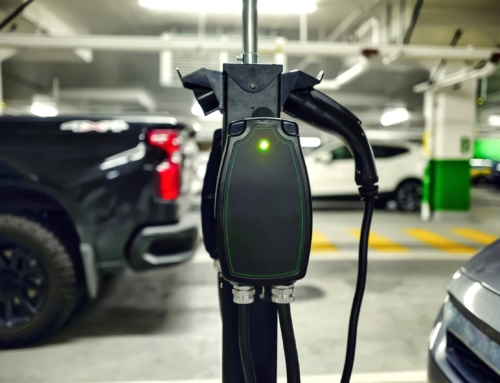In a real estate market plagued with foreclosures, tight lending restrictions, stalled mortgage applications and houses sitting on the market for months, it can feel like the system is rigged against the average American who just wants to own a home.
Good news, the Federal Housing Agency (FHA) and the Department of Housing and Urban Development (HUD) have been working on several ways to make it easier for homebuyers to find and purchase HUD homes at affordable prices.
A HUD home is a house that was purchased with an FHA loan that has since fallen into foreclosure. Buying a HUD home is different from buying another property. Instead of the traditional offer and acceptance dance with the seller, HUD homes are sold through an online bidding process known as an “offer period.”
This used to trip up buyers and agents alike. Each state had a different site for their listings and auctions. Now, everything has been consolidated into one site: www.hudhomestore.com.
Professional investors might be out there, snapping up dozens of foreclosures and short sales to turn a profit. But for the average homebuyers, HUD has been doing a lot of work to make the buying process easier and in favor of owner occupants.
1. Find an experienced HUD real estate agent. Only real estate agents who are registered with HUD may represent homebuyers and investors in the purchase of a HUD home. However, even if he or she is registered, they may not be the best person to represent you. Search through hudhomestore.com and look for HUD homes listed in your area. Find the top two or three agents with winning bids and give them a call. Next week we’ll have a blog on questions to ask a potential HUD real estate agent.
2. Inspect the property before you make an offer. An appraisal is included in the FHA listing price, but you’re going to want to get out to the property and see it for yourself. Your agent can access the house, or the HUD listing agent can show it to you. When you’re visiting the HUD home, make sure to take a lot of notes and photos of the property so you can take into consideration any improvements or repairs needed when placing an offer.
3. Make an offer. This is where the owner-occupant buyers get to have the market to themselves. For 30 days after the property is listed, only owner occupants can place offers on most properties. The bidding rounds are also based on the condition of the property. We’ll have another blog later this month detailing the types of HUD homes and the specifics of the bidding process. This “blackout” period for homebuyers keeps the investors out of the bidding on most properties until the 31st day of the listing and gives more opportunity for owner occupant homeownership – an important piece to housing market recovery.
4. Be ready to close on your HUD home. An old complaint of the HUD homebuying process is that it took forever. Houses would sit empty for months before hitting the listings. Now the process is becoming more and more streamlined. The foreclosure process can vary depending on the state, but once the mortgagee hands over their property to HUD, it will be back on the market within 30 days.
There’s more inventory on the market, but it’s moving quickly and buyers need to be prepared, or their dream home might be snatched up from under their nose. Get your financing lined up and be ready to move quickly with a HUD home. You might see as short as a 30-day contract. FHA also has special financing offers like the $100 down payment incentive program. Again, make sure you pick an agent who understands the HUD buying process. Talk to him or her about what kind of FHA financing you might qualify for.
Come back later this month for more HUD homebuying advice, including mistakes buyers and agents make when buying a HUD home, and how to select the best HUD real estate agent.





